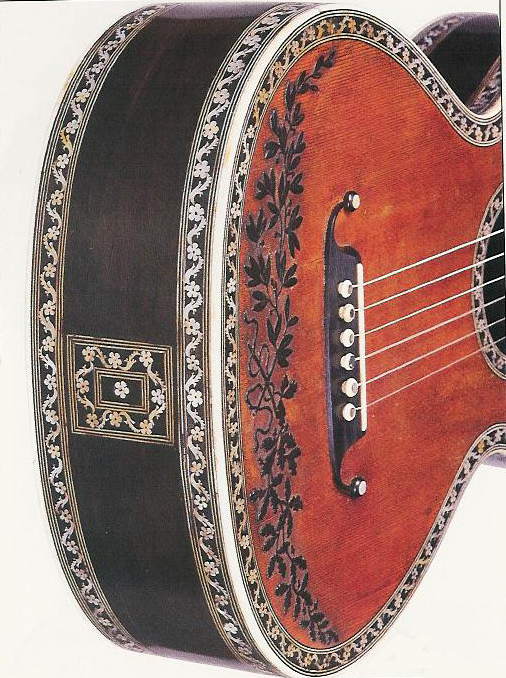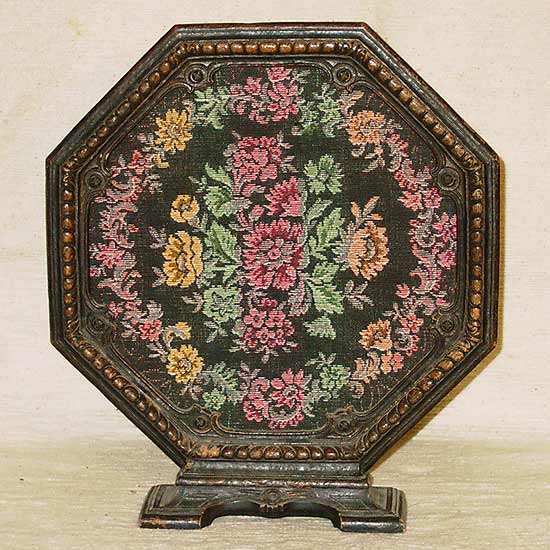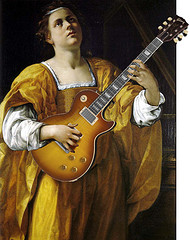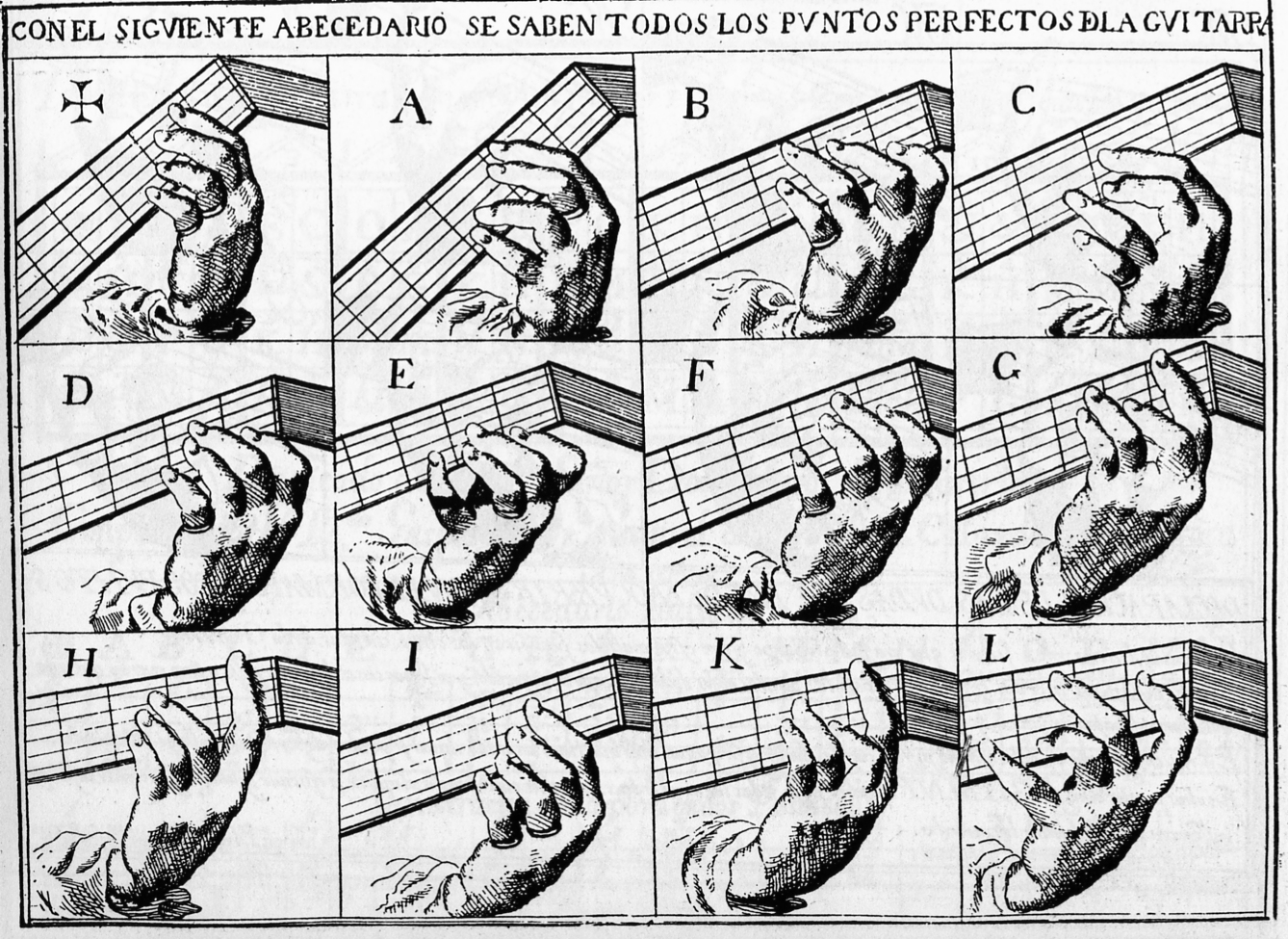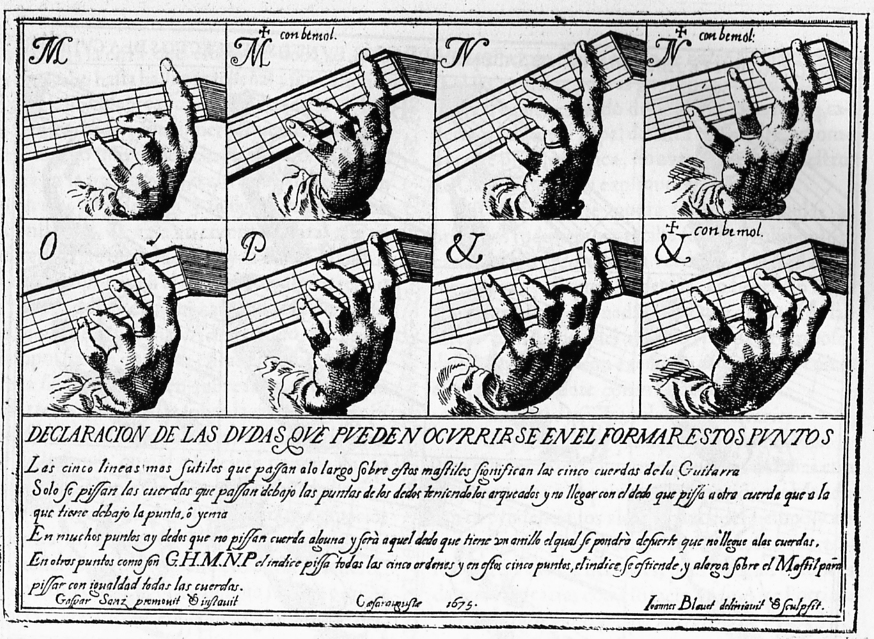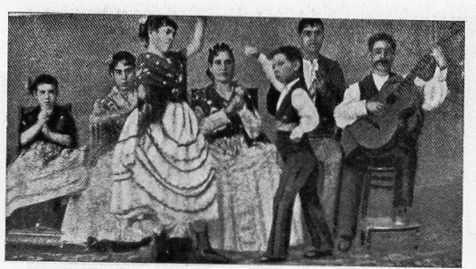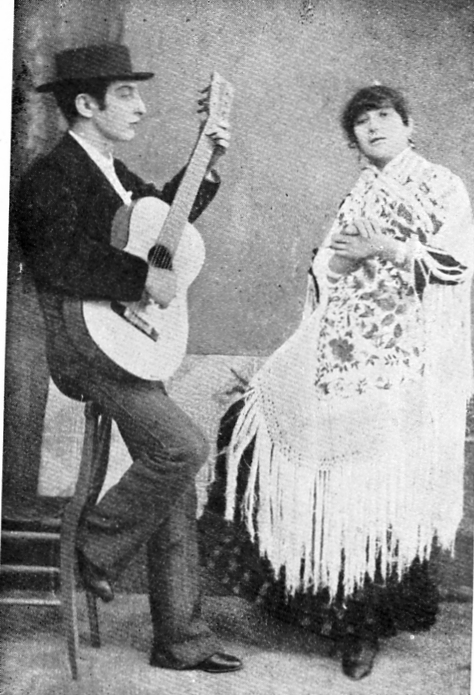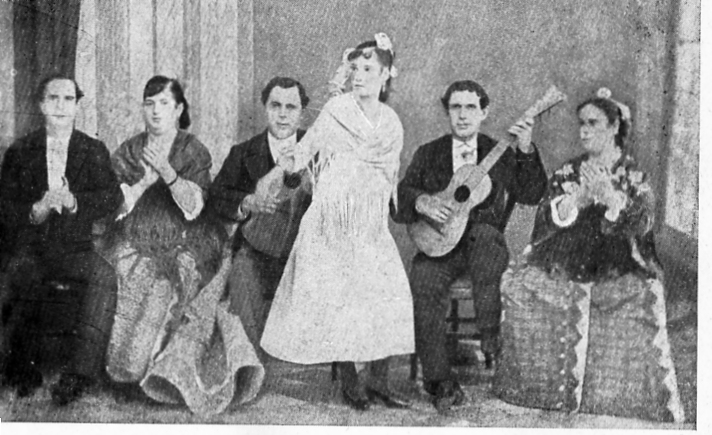|
Pimientito -> RE: Give us your opinion: Advent of the six-string guitar in flamenco (Feb. 2 2010 0:00:33)
|
That was interesting Romerito. The relationship between the classical and flamenco players is quite convoluted. They obviously influenced each other in the early 1800s
[from: Guitar and Lute, March 1983]
"By 1700, the guitar had acquired a sixth string and was played in two
different styles. As a plucked instrument, it had been highly developet
for playing what we now call "classical" music, the music of the
nobility. The popular instrument of the people was played using
rasgueados (strumming with the fingers). While these instruments were an
integral part of Andalucian folk music, it is generally held that they
did not play much of a part in the early development of gypsy music.
Also by 1700, both Andalucian and gypsy music had - acquired
recognizable forms, and references to them began to appear more
frequently in the literature of Spain and other countries. Although
gypsy music was still very private, a ritual of the gypsy families,
gypsies had become a popular theme for theatre works and wete witely
mentionet. The -oldest written example of flamenco is a siguiriya found
in an eighteenth century Italian opera,"La Maschera Fortunata by Neri.
In 1779, Henry Swinburne wrote in Spain in the Years 1775 and 1776 that
the gypsies of Cadiz danced an indecent dance called the manguidoy to
the rhythm of hand- clapping; he also mentioned guitars, castanets, and
rough- voiced singing of polo. Other references speak of the taconeo
(heelwork) ant the seguitillas gitanas. (The seguidillas were live}y
songs, related to the sevillanas, not the profound gypsy cante of today
that has a similar name.) By 1800, references indicate 24 dances that
were supposedly performed by gypsies; most of those no longer exit, and
none of them are specifically part of the gypsy dance we know today,
although some survived in the non- gypsy flamenco, particularly the
fandangos and the segui- dillas (sevillanas).......
....The music that was accesible to the traveler in this period was almost
certainly dominated by the Andalucian element rather than the gypsy.
Gypsies may have performed for the public under certain circumstances,
but reports do not seem to indicate that they were performing what would
appear a few decades later as the highly developed cante gitano (forms
like the tonas, siguiriyas, and soleares). It is important to keep in
mind the differences between these two forms of music, for these
subdivisions of flamenco still exist today. The gypsy cante was private,
emotional and very personal; it used primarily the phrygian mode and
complex rhythm patterns, and was very difficult to sing; the
accompaniment was most often the rhythm of handclapping, fingersnapping,
knuckle-rapping, or the tapping of a cane - even today some forms are
always sung a palo seco (a capella); even when the guitar began to play
a more important role in flamenco, distinct gypsy and non-gypsy styles
of playing emerged. Andalucian folk music, on the other hand, was very
public music, sung in the major and minor modes and using 214, 314, or
6|8 meter; it was often accompanied by groups of instruments.
In 1842, events occurred that would change the nature of flamenco and
gave birth to what we now refer to as the "Golden Age of Flamenco."
Certain Andalucian taverns where flamenco was cultivated began to place
more emphasis on the performance of the cante and baile (dance). The
performers were usually not professionals, but performed out of aficion,
love of their art. On the rare occasion that a guitar was available, it
might have been strummed in an improvisational manner, but the guitar
had not yet emerged as an integral part of flamenco. However, there must
have been some guitarists starting to develop the flamenco style, for it
would be in widespread use within a few decade. Moreover, the Russian
composer Glinka was entranced by the playing of the gypsy guitarist El
Murciano in Granada, and he wrote down some of the guitarist's
compositions. In neighborhood patios, country inns, and tiny taverns,
flamenco made its first public appearance and began its emergence from
the private, almost religious position it had held in the gypsy families.
The earliest known cafe de cante, as the first flamenco
nightclub were called opened in Seville in 1842. For the
first time flamenco artists were paid on a regular basis.......
......In the cafe cantante, the guitar became an important part of the
flamenco "show", and guitarists developed rapidly, learning from and
competing with each other. They competed not only with each other, but
also with the dancers and singers. To get attention, guitarists began to
insert more falsetas (melodies) into their playing, taking their themes
from the cante. Soon, each club had a soloist, some of whom resorted to
playing behind their backs, over their heads, or with gloves. An early
soloist, Paco Lucena (c. 1855- 1930), is credited with introducing
picado (rapid melodic passages played with the index and middle fingers),
three- fingered arpeggios, and tremelo that he learned from a classical
guitarist. Another great guitarist, Javier Molina, was more of an
accompanist, but he helped to mold two of the founders of the modern
flamenco guitar, Ramon Montoya and Nino Ricardo....
.......The guitar blossomed during this time. At the forefront was Ramon
Montoya (c. 1880-1949), a gypsy who lived most of his life in Madrid and
greatly influenced all guitarists who came after him; both Sabicas and
Mario Escudero played a great deal of Montoya's music on their early
records. He developed his style while playing for singers in the cafes
cantantes, and later, influenced by the playing of the classical
guitarists Francisco Tarrega and Miguel Llobet, he began to incorporate
classical techniques into his playing Montoya is credited with creating
the four-fingered tremolo now used in flamenco and with introducing more
complex arpeggios and picados (single note passages); he also developed
the left hand for playing his many difficult creations. Montoya composed
many melodies that are now considered standard or "traditional" and
was the creator of a flamenco form, the rondeña for guitar, that is now
part of the standard repertoire. Montoya alternated between accompanying
the great singers in private parties, recording with most of the top
artists, and giving solo recitals around the 3 world. He also recorded
some guitar duets with Amalio Cuenca, a soloist who had been one of the
judges in the Granada contest.
Other guitarists included Niño Ricardo, one of the greatest influences
on flamenco guitar between Ramon Montoya and the moderns. Ricardo made a
living playing with orchestras and operatic singers, but on the side
he created profound flamenco music. There was also Manolo Badajoz, who
preferred private parties to theatrical performances, Miguel Borrull,
Luis Yance, Luis Marvilla, Esteban Sanlucar, whose flamenco compositions
are still played by concert artists, and even Melchor de Marchena, who
was quite a virtuoSo in his youth, but then became the exemplary subdued
and emotional accompanist in his later years - from the 1950's into the
1970's.
The great guitarist, Agustin Castellon "Sabicas" brought the music of
Ramon Montoya to the Americas and, probably as a result of his long
association with the gypsy dancer Carmen Amaya, developed a strongly
rhythmic style, in contrast to I Ramon Montoya's more free and Iyrical
approach. In the 1940s and 1950s Sabicas added many new forms to the
solo guitar repertoire that had previously only been sung or danced,
including verdiales, zambra, garrotín, sevillanas, colombianas,
milongas and guajiras."
|
|
|
|
